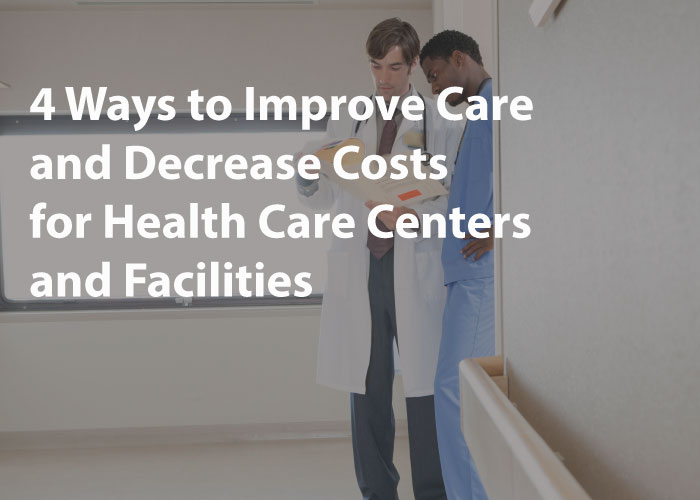Timekeeping can make an appreciable difference in care quality and costs. Here are four things timekeeping can do for health care organizations of all types and sizes.
1. Overtime Management
First, labor is a huge cost in every organization. Overtime rapidly escalates that cost. Accurate, automated timekeeping gives you the power to control and manage your overtime costs. You have the information needed to decide the best mix of full time, part time and contract labor. Unnecessary overtime becomes a relic of the past.
For overtime management, automated timekeeping:
• Reduces cost via insight into historical staffing patterns
• Forecasts overtime based on local, state & federal rules
• Identifies individuals approaching overtime levels
• Enables fast, informed reaction to schedule changes
• Reduces dependence on supplemental staff
• Prevents early clock-in
• Prevents buddy punching
2. On-demand, in-depth reporting and analysis
Accurate, timely staffing reports are critical, given high labor costs and
absolute importance of care quality. Immediate access to schedule and time card data enables better staffing decisions and improves compliance.
Daily reports help organizations meet census/coverage requirements
and deliver high quality care while remaining within budget.
• Reports daily coverage by department and job code
• Pinpoints ways to reduce overtime and contract labor
• Generates on-demand labor reports for fast audit response
• Automates timekeeping data for PBJ reporting compliance in long term care facilities
3. Budget Forecasting
Budgets are often set based on census, coverage or similar data. Staffing is driven by mandated or internal minimums by job code. Costs escalate with overtime, over-staffing and contract labor. Automated timekeeping makes costs more predictable as well as more optimal.
• Schedule templates speed scheduling process and provide a future view of schedules
• Daily reports provide insight into scheduled versus actual
• Biometric clock-in prevents buddy punching
• Shift swapping makes it easy for workers and supervisors to change
schedules without big budget impact
• Clock-in for every worker keeps a complete record of patient
coverage and costs
4. Patient Care Focus
Healthcare organizations by their nature are judged on their quality of care. Automated timekeeping helps healthcare organizations stay focused on patients. Less time is required for scheduling and analysis. More time is available for care.
• Reduces time spent scheduling by skilled staff. Predefined templates with
built-in rules for job code, coverage and shift swapping dramatically cut manual prep and review.
• Automates key reports for analysis and compliance, such as PBJ reporting for LTC facilities.
• Reduces unplanned overtime so staff is rested and able to deliver superior patient care.
• Creates a more predictable work environment, leading to higher morale.
Consider a Professional Employer Organization for HR Outsourcing
If you have questions about automated timekeeping and/or advanced scheduling for your organization, we encourage you to contact a PEO specialist with Zamp HR to learn more. Experience the Zamp HR difference for yourself. For additional questions, please contact us online or by phone.


